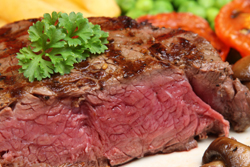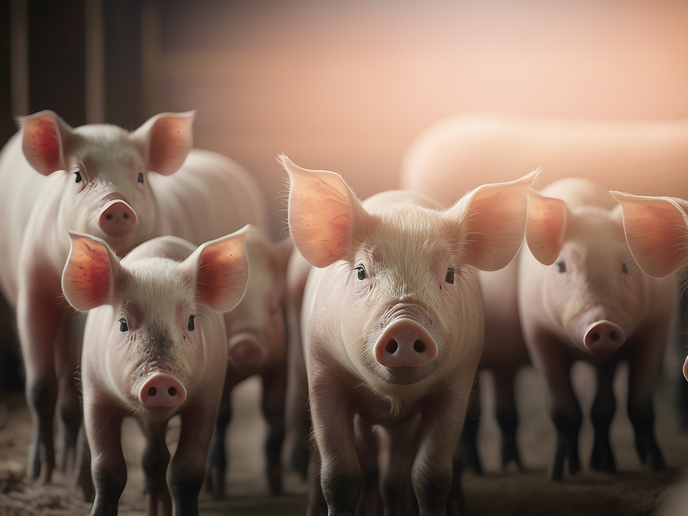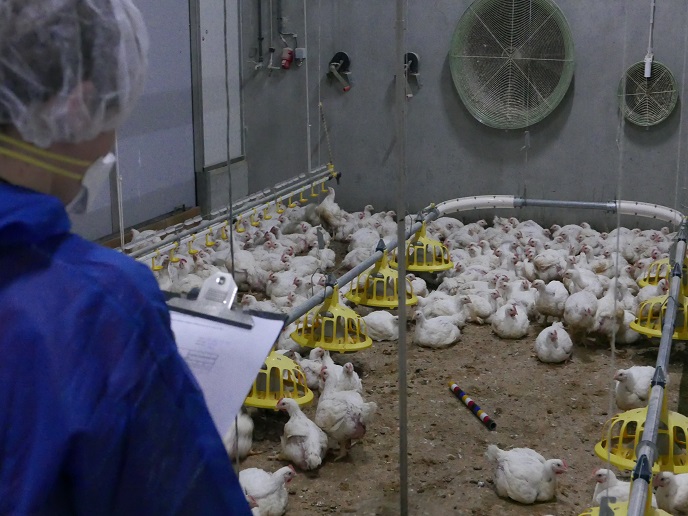Selecting for the ideal cut of meat
The discerning consumer demands not only value for money but also the best possible quality as regards meat. Previous breeding initiatives have mainly focused on yield. Much of the variation in quality observed on the supermarket shelf is as a result of environmental factors despite the fact that meat quality has a substantial genetic basis. The physical factors that determine meat quality include fatty acid content, fat distribution and muscle fibre type. The GEMQUAL project aimed to identify the genetic component of traits involved in a prime joint of beef. Partners also aimed to identify the contribution of genes and Quantitative trait loci (QTL) using Single nucleotide polymorphisms (SNPs) identified as markers. Project partners at the Roslin Institute in Scotland identified candidate genes that were thought to be involved in muscle development or composition. Sources of information used to compile the list varied from genomic studies to muscle science and cell biology. The numbers of genes isolated give an indication of the success of this research. In total, more than 500 genes with a potential impact on meat quality were identified. Of these, it was possible to create primers numbering the days in the year – 365. This then facilitated quantitative analysis as regards the expression of the genes and a search for polymorphisms. Altogether, over 700 SNPs were identified from 208 key genes. The number of multiple alleles per gene varied greatly. Although around half the genes had no variants at all, there were as many as 27 for at least one of the genes. Applications for the results of this study are far-reaching. The most obvious is to use the SNPs to investigate the role of genes in meat quality traits thereby facilitating breeding programmes for better meat. The markers can also be used to track beef products through the food chain. The team of scientists planned to make the markers publicly available for related research initiatives.







